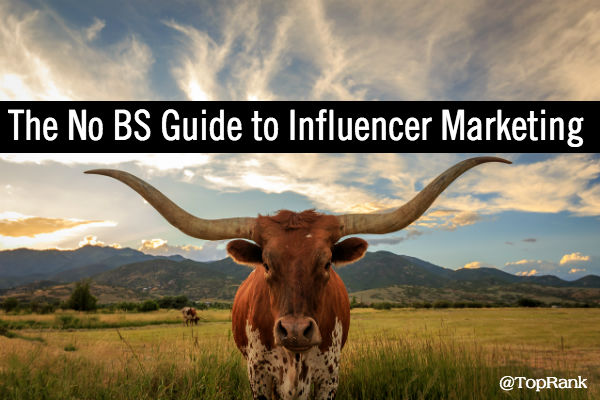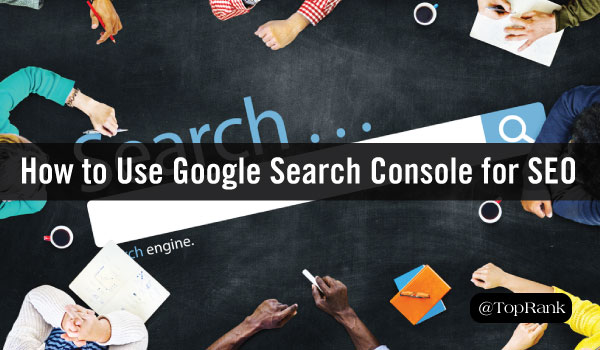
It’s no secret that social media has become an important and necessary tactic within most digital marketing strategies. Social media helps build brand awareness, and also provides a space for brands to engage their audience outside of their company website or brick and mortar facilities. In fact, 92% of companies consider social media an important part of their business.
Of course, with nearly every brand using social—as well as frequent tweaks to platform algorithms—the competition to stand out in news feeds has never been more fierce, with brands fighting for visibility and engagement.
As a result, many brands and marketers are looking for creative ways to up their social media marketing efforts. But while being creative is a must, some opportunities may be right in front of you.
There are several social media marketing mistakes that are easy to make, but also easy to remedy.
With that said, below we dive into some common social media marketing mistakes, as well as tips for helping you avoid them.
#1 – Not having a social media strategy.
Creating a social media marketing strategy will help you think critically about your goals, how you’ll execute tactics, and how you’ll measure success. In addition, your strategy can be used as a handy guide to keep you on track with posting and engaging regularly.
Tip: Get started by asking yourself some of the following questions:
- What do I want my followers to know about my brand? (What niche do I serve?)
- What are my audience’s pain points?
- What type of content does my audience consume on social?
- What social media platforms does my audience use?
- What kind of results do I want? (Increased social traffic to my blog? More followers?)
- How will I measure effectiveness or results? (Engagement metrics? Social traffic to the website?)
#2 – Not tailoring your message to your audience on each platform.
Chances are you’re using multiple social media channels to share content and engage with your audience. But writing one message and cross-posting it to each channel is not an effective use of your time.
Tip: Use data and insights to understand the type of content and messaging style that resonates with your audience on each platform. This will allow you to tailor your content to make a better impact.
#3 – Only posting links to your website.
The type of content your post as a big impact on reach and engagement. These days it’s pretty clear that audiences are looking for relevant, well-rounded content and discussion—so posting links to your website or blog content can’t and won’t get you the results you’re looking for
Tip: Embrace social media as a way to connect with your audience, encourage discussion, show your value and build a rapport. Set aside time—whether it’s daily, weekly or bi-monthly—to curate content that is relevant and interesting to your audience.
Audiences are looking for relevant, well-rounded content & discussion. @CaitlinMBurgess #socialmedia
Click To Tweet
#4 – Being too long-winded.
Generally speaking, posts that are short, sweet and creative are the most effective—especially on platforms where users are most likely using a mobile device to read, share and interact.
Tip: Keep your character count to between 90 and 100 for Facebook, LinkedIn Google+ and Twitter. For Instagram and Pinterest, aim to stay under 175 and 200 characters, respectively. In addition, use active voice to encourage action from your audience.
#5 – Improper use of hashtags.
Hashtags have different relevance and utility on every social media platform. As a result, under or over-hashtagging your content could have a negative impact on your social efforts.
Tip: Research hashtag best practices for each platform to understand if and how to use them. In addition, make sure you understand what hashtags actually mean, so you can use them in the appropriate way for each platform. Use the native search box within social platforms, as well as tools such as Hashtagify.me or Hashtags.org.
#Hashtags have different relevance and utility on every #socialmedia platform.
Click To Tweet
#6 – Neglecting to tag or mention others when curating content.
Mentioning and tagging other pages and users in your content is one of the best ways to amplify your posts. Not only do those you tag and mention get notified when you do so, but they’ll be more compelled to engage on your post or share your post with their audience.
Tip: Create a master list of the accounts or handles that you regularly curate content from to make it easy to mention or tag them in your posts.
#7 – Too much talking and not enough listening.
The whole point of social media is to provide a space for people to engage in sharing and discussion. For brands, it’s important to have a voice, but it’s also important to encourage others to have one, too.
Tip: Ask your community engaging and thoughtful questions to get the conversation going and tap into their insights. If you’re on Twitter, consider posting a weekly poll on a relevant topic to inspire engagement.
#8 – Not crediting the work of others.
While this one seems pretty obvious, it’s a good reminder. Crediting the work of others is not only the right thing to do, but also sends good signals to the original creators and your audience.
Tip: Just don’t do it. Take the extra time to include a credit in any of the content you produce.
#9 – Not taking advantage of native video uploads on Facebook.
It’s pretty safe to say that all marketers understand that video is an increasingly important marketing tool for capturing audience attention, showing value and encouraging engagement.
But when it comes to social media, specifically Facebook, you may just be sharing links to a YouTube video or an embedded video on your website, which requires your audience to take an additional step to watch it.
Tip: Consider uploading some of your video content natively to Facebook. Native video can eliminate a barrier to that interaction, keep people engaged with your brand in that very moment and make your video easy to share.
#10 – Forgetting about the power of images.
Humans are highly visual creatures. In fact, research shows that an estimated 90% of the information that comes to our brains is visual. So, if you’re not using images as part of your social media strategy, you’re doing your brand a disservice.
Tip: Research image sizing best practices for each platform to ensure any images you share will render properly. In addition, use tools such as Canva to create professional and compelling images.
If you’re not using images as part of your #socialmedia strategy, you’re doing your brand a disservice.
Click To Tweet
#11 – Having too many profiles on one platform.
This is something that many large enterprise companies may struggle with, but even small- to mid-size companies see the need for multiple pages on a single social platform. While each of their divisions may provide unique content, it could be confusing for audiences to see multiple branded accounts.
Tip: For LinkedIn specifically, take advantage of Showcase pages to highlight special divisions or companies under your parent umbrella. For other platforms, take time to perfect your on-page content to make it easy for your audience to understand who you are. In addition, make sure your company website details and links to all pages.
#12 – Ineffective or non-existing ad spending.
With so many brands and marketers on social media and decreased organic reach thanks to algorithm tweaks, the competition for your audience’s attention is stiff. As a result, social media advertising is becoming a necessity for many brands.
Tip: When starting a social advertising campaign, ask yourself the following questions:
- What do you want to accomplish with your campaign?
- How much do you plan on investing?
- What is the content, product, service, offer or promotion that you’ll be advertising?
As with any type of marketing, the best results will come from campaigns with one specific goal and/or action to be taken.
#13 – Forgetting about analytics.
Once you launch your social media strategy, it can be easy to fall into a routine of simply executing that strategy. However, if you don’t take the time to understand what is and isn’t working, all your execution efforts will be for nothing.
Tip: Use Google Analytics or your preferred analytics tool to uncover how much referral traffic each social platform is sending to your website, top pages, time on page and average number of pages visited, and conversions. This will lend more context to the traffic you’re receiving and help you draw conclusions about whether or not your efforts are driving the results you’re looking for.
In addition, use the analytics and insights available on each platform to get more insights into the type of content that is resonating with your audience, as well as how they are actually engaging with that content.
#13 – Not testing new tactics and ideas.
The truth is, there is no one-size-fits-all approach to achieving social media marketing success. Furthermore, a tactic that’s working great now may not get the same results in a few months. As a result, you should always be testing and experimenting with new ideas.
Tip: Choose one social media channel to launch your test. While each channel is unique, starting with just one will help you understand what is and isn’t working, so you can roll out something similar on your other channels later on.
#15 – Neglecting SEO.
All social media platforms contain their own search engines and many of them can be indexed by Google, Bing and other third-party search engines, making SEO an important component of any campaign or contest.
Tip: Compile a list of targeted keywords and topics, as well as any relevant hashtags, that you’d like to rank for socially. Once you have your list, conduct native query searches for the terms to discover who or what kind of content is coming up in searches. Theses insights can help you refine your keyword list, ensure relevancy, and potentially get a glimpse of the competition.
#16 – Neglecting community management.
Social media community management is all about nurturing your social audience to make it stronger, larger and more engaged.
Tip: Intertwine your tactical social media marketing efforts with community management to build a larger, more engaged community of followers.
Intertwine your tactical #socialmedia marketing efforts with community management. @CaitlinMBurgess
Click To Tweet
What social media marketing tactic is working great for your organization? What’s not working so well? Tell us in the comments section below.
 Gain a competitive advantage by subscribing to the
Gain a competitive advantage by subscribing to the
TopRank® Online Marketing Newsletter.
© Online Marketing Blog - TopRank®, 2017. | Social Media Marketing Checklist: 16 Common Mistakes to Avoid | http://www.toprankblog.com
The post Social Media Marketing Checklist: 16 Common Mistakes to Avoid appeared first on Online Marketing Blog - TopRank®.













